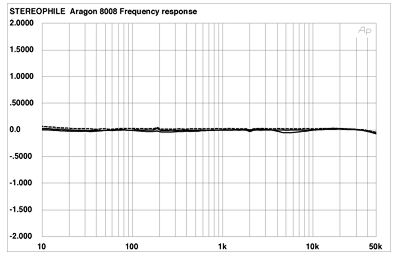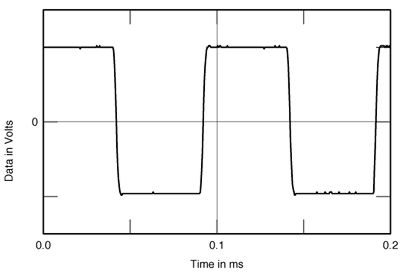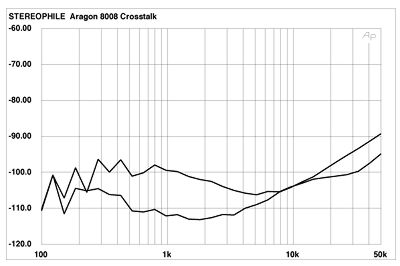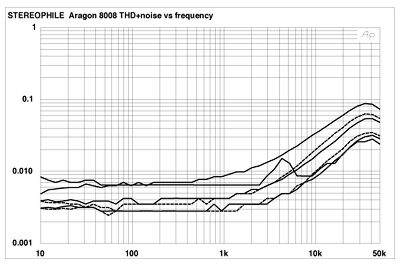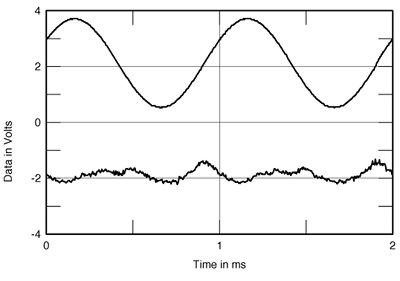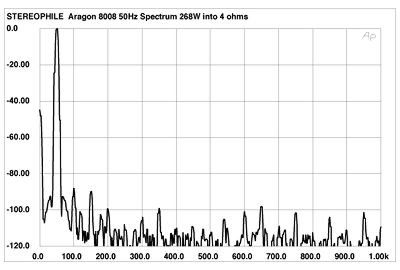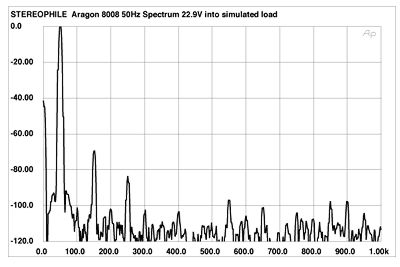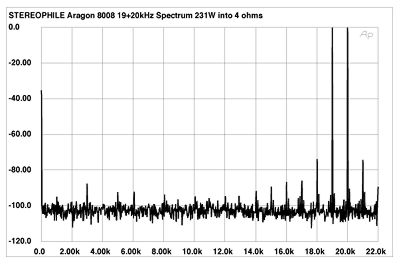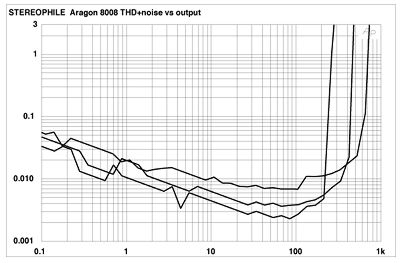| Columns Retired Columns & Blogs |
my father brought our aragon 8008BB on 1995 dec and still its running with no problem.
recently one year back i brought one MBL9007 amplifire and surprizingly aragon is very fast compare with MBL9007. simply DIO- holy driver plays well on aragon compare with mbl9007. but please note 9007 is 130w per channel 8ohm, where as argon BB pushing stagring 200w per channel. and honestly argon is a magnificent amplifire with ample of power, those who have this amplifire running till to date, please try cardas clear power beyond ac power cord, you will be amazed with its acuastic performance. trust me aragon have the guts to chase mbl 9007 sterio. but the sweetness and channel separetion of MBL9007 is uncomparable to aragon. i just want to mention my MBL9007 is in short of power, i am strongly planning to consider MBL9008A to replace my MBL9007, i belive MBL power amps performs well in sterio block than mono.
about my speaker i am useing polkaudio tsi500, i know its a cheap speaker but i proved my self on audiotin its performs better than rtia of polk. i also have tsi400, played buy onkiyo reciver. our old speaker was Phase techknology pc 10.5. speaker cable is wireworld polaris, planning to upgrade to cardas clear speaker cable.
my pree is MLn0.326s and playing MBL9007 and aragon8008 amazingly, i am very happy with this ML pre, trust me its a good pree, my privious pree was RESTEK consence.
anyway aragon 8008BB is a amazing amp, those who came across this amp please have a audiotion, its worth a try. i always use my arogon bb on XLR mode.
